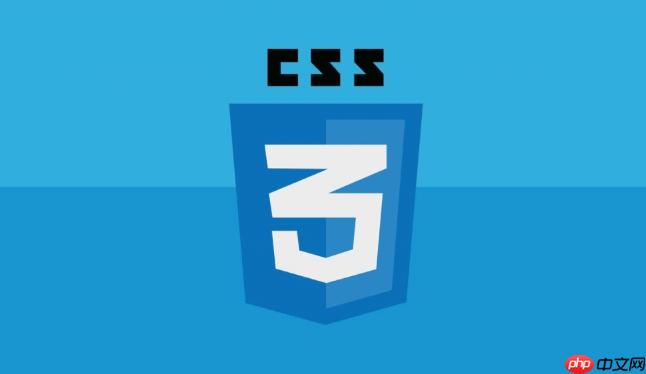使用hsla()函数结合@keyframes可实现平滑颜色渐变动画,通过调整色相、饱和度、亮度和透明度,适用于动态背景、悬停效果等场景。

使用 CSS 的 hsla() 函数结合动画,可以实现平滑的颜色渐变效果,尤其适合需要控制色相、饱和度、亮度和透明度的动态场景。HSLA 表示色相(Hue)、饱和度(Saturation)、亮度(Lightness)和透明度(Alpha),相比 HEX 或 RGB 更容易在动画中控制颜色变化。
1. 理解 hsla() 函数
hsla(h, s%, l%, a) 中:
- h:色相,取值 0-360,代表颜色在色轮上的位置(如 0=红,120=绿,240=蓝)
- s%:饱和度,0% 为灰度,100% 为完全饱和
- l%:亮度,0% 为黑,50% 为标准亮度,100% 为白
- a:透明度,0(全透明)到 1(不透明)
利用色相的变化,可以让颜色在色轮上平滑过渡,比如从红到绿再到蓝。
2. 使用 @keyframes 创建颜色动画
通过改变 hsla 中的色相(h)值,可以实现彩虹般的渐变动画。
立即学习“前端免费学习笔记(深入)”;
@keyframes colorShift { 0% { background-color: hsla(0, 100%, 50%, 1); } 33% { background-color: hsla(120, 100%, 50%, 1); } 66% { background-color: hsla(240, 100%, 50%, 1); } 100% { background-color: hsla(360, 100%, 50%, 1); } } .animated-box { width: 200px; height: 200px; background-color: hsla(0, 100%, 50%, 1); animation: colorShift 3s infinite alternate; }
这个例子会让一个方块在红、绿、蓝、红之间循环渐变,动画平滑且自然。
3. 结合透明度实现更丰富的渐变效果
你也可以同时改变亮度或透明度,制造呼吸灯或淡入淡出的色彩效果。
@keyframes fadeColorPulse { 0% { background-color: hsla(200, 70%, 60%, 0.5); } 50% { background-color: hsla(280, 70%, 60%, 0.9); } 100% { background-color: hsla(200, 70%, 60%, 0.5); } } .pulse-box { width: 150px; height: 150px; border-radius: 50%; background-color: hsla(200, 70%, 60%, 0.5); animation: fadeColorPulse 2s ease-in-out infinite; }
这个圆形元素会在蓝色和紫色之间脉动,透明度和色相同步变化,产生柔和的视觉效果。
4. 实际应用建议
使用 hsla 动画时注意以下几点:
- 浏览器会自动插值 hsla 值,确保颜色过渡平滑
- 避免在 keyframes 中混用不同颜色格式(如 hsla 和 hex),可能导致跳变
- 可配合 animation-timing-function 调整缓动效果,如 ease-in-out 更自然
- 用于加载动画、悬停效果或背景动态切换都很合适
基本上就这些。hsla 配合动画让颜色控制更直观,特别适合做连续色相变化的视觉效果,写起来简洁,效果也流畅。不复杂但容易忽略。


